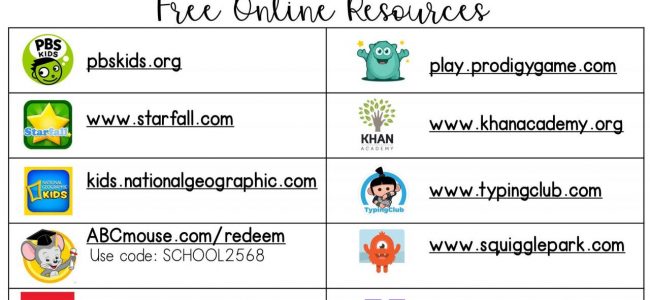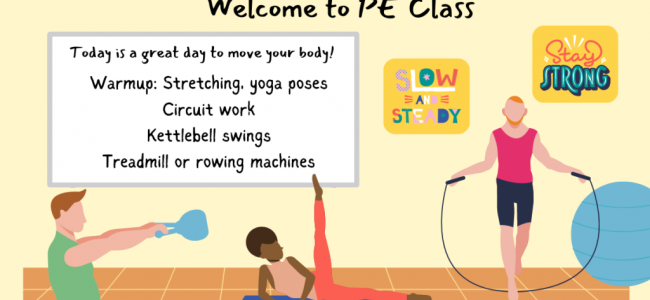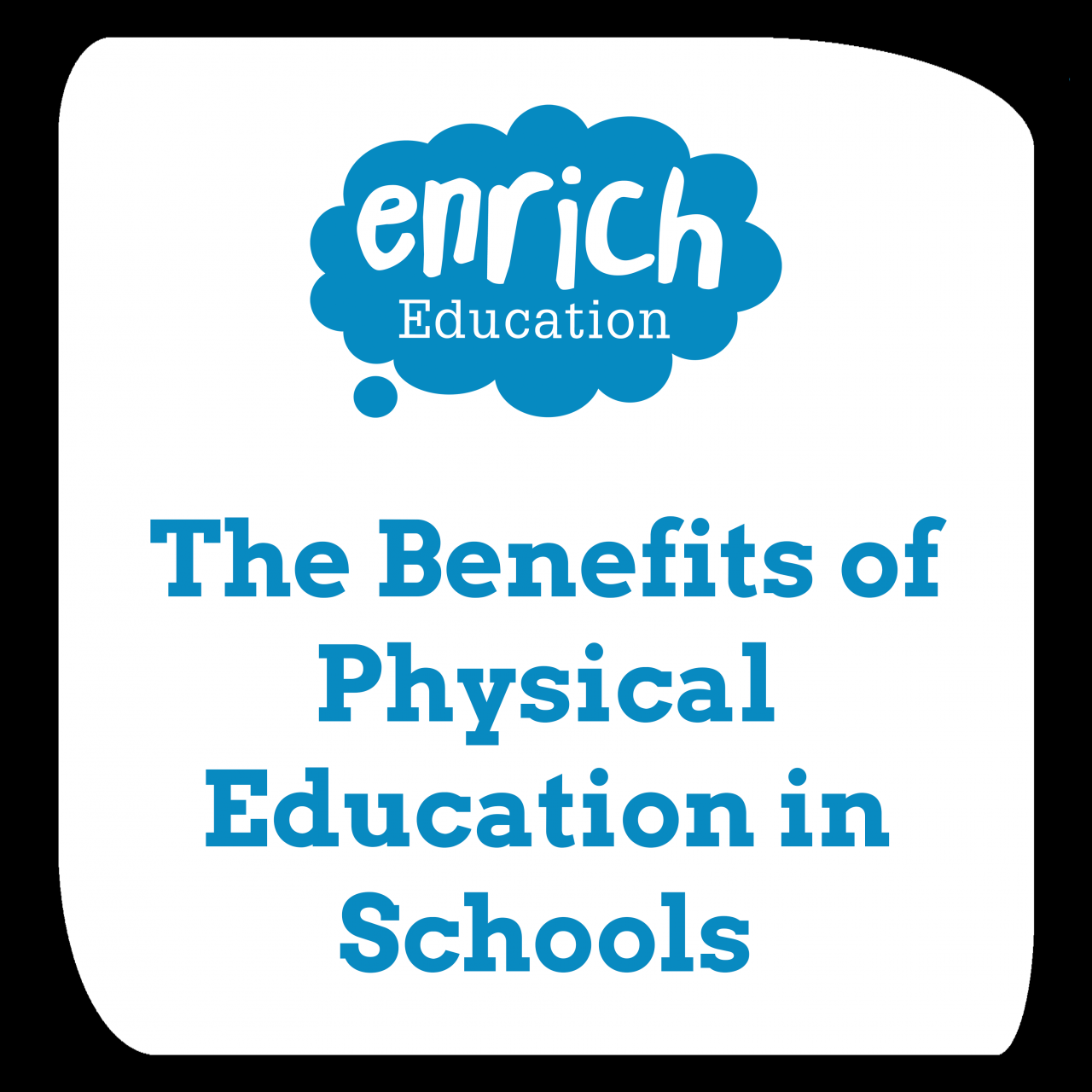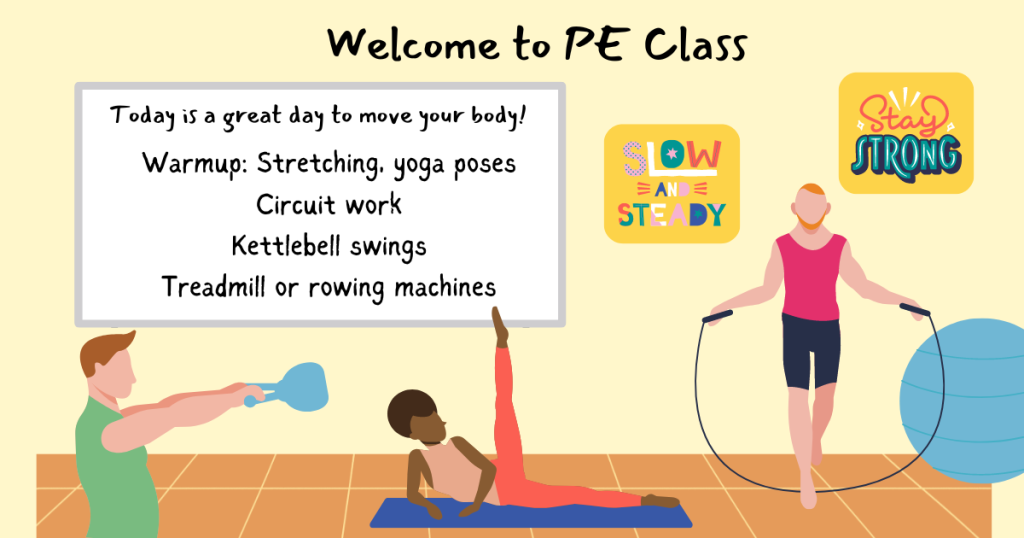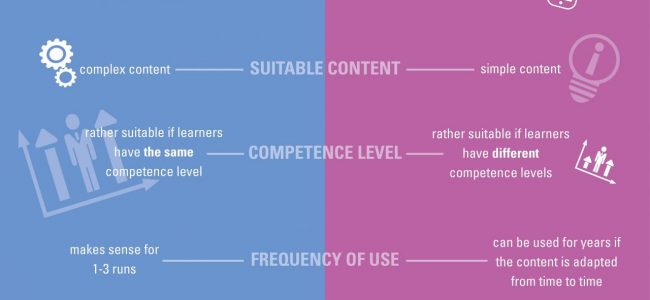
In the realm of online education, navigating the choice between synchronous and asynchronous courses can be a daunting task. This comprehensive guide delves into the intricacies of each approach, empowering you to make an informed decision that aligns with your learning style and goals.
Whether you thrive in the interactive environment of real-time classes or prefer the flexibility of self-paced learning, understanding the distinct characteristics of synchronous and asynchronous online courses is crucial for maximizing your educational experience.
Introduction
In today’s digital age, online education has become increasingly popular, offering students flexibility and accessibility. However, when choosing between synchronous and asynchronous online education courses, it’s essential to understand their differences and how they align with your learning style and schedule.
Synchronous online education courses are conducted in real-time, with students and instructors interacting simultaneously through video conferencing or virtual classrooms. In contrast, asynchronous online education courses are self-paced, allowing students to access and complete course materials at their own convenience, without the need for live interactions.
Benefits of Synchronous Courses
- Real-time interaction:Allows for immediate feedback and discussions with instructors and classmates.
- Structured schedule:Provides a fixed schedule, fostering a sense of routine and accountability.
- Collaborative learning:Encourages active participation and group work, enhancing communication and teamwork skills.
Factors to Consider When Choosing
When selecting between synchronous and asynchronous online education courses, it is crucial to consider several factors that align with your individual needs and preferences.
These factors include:
Learning Style
- Synchronous courses offer a more structured learning environment, resembling traditional face-to-face classes. They require active participation during scheduled class times.
- Asynchronous courses provide greater flexibility, allowing learners to access course materials and complete assignments at their own pace.
Schedule Flexibility
- Synchronous courses have fixed schedules that require learners to attend virtual classes at specific times.
- Asynchronous courses offer greater flexibility, enabling learners to access materials and complete assignments at their convenience.
Interaction Preferences
- Synchronous courses facilitate real-time interactions with instructors and classmates, fostering a sense of community.
- Asynchronous courses offer more limited opportunities for live interactions but provide asynchronous communication channels like discussion boards and email.
Technology Requirements
- Synchronous courses require reliable internet access and video conferencing software.
- Asynchronous courses may have less stringent technology requirements, but still necessitate access to a computer or mobile device with internet connectivity.
3. Synchronous Online Education Courses
Synchronous online education courses are those that require students and instructors to be online at the same time. This type of course is typically delivered through a video conferencing platform, such as Zoom or Google Meet.
Synchronous online education courses offer a number of benefits, including:
- Real-time interaction:Synchronous online education courses allow students to interact with their instructors and classmates in real time. This can be beneficial for students who need immediate feedback or who want to participate in class discussions.
- Structured learning environment:Synchronous online education courses provide a structured learning environment that can help students stay on track. The regular meeting times and deadlines can help students to stay motivated and to avoid procrastination.
- Opportunities for collaboration:Synchronous online education courses can provide opportunities for students to collaborate with their classmates on projects and assignments.
However, synchronous online education courses also have some drawbacks, including:
- Time commitment:Synchronous online education courses require students to be online at specific times. This can be difficult for students who have busy schedules or who live in different time zones.
- Technical issues:Synchronous online education courses can be disrupted by technical issues, such as poor internet connections or software glitches.
- Lack of flexibility:Synchronous online education courses offer less flexibility than asynchronous online education courses. Students cannot access course materials or complete assignments at their own pace.
Some examples of synchronous online education courses include:
- Online lectures
- Webinars
- Virtual office hours
- Online discussion groups
4. Asynchronous Online Education Courses
Asynchronous online education courses offer a flexible and self-paced learning experience, allowing students to access course materials and complete assignments on their own time.
These courses typically involve pre-recorded lectures, readings, and assignments that students can access and complete at their convenience. There may be some live online sessions or virtual office hours for interaction with instructors and classmates, but these are not required for course completion.
Benefits of Asynchronous Online Education Courses
- Flexibility: Students can learn at their own pace and on their own schedule.
- Convenience: Students can access course materials and complete assignments from anywhere with an internet connection.
- Self-paced: Students can progress through the course material at their own pace, without being held back by other students.
- Cost-effective: Asynchronous online courses are often more affordable than traditional face-to-face courses.
Drawbacks of Asynchronous Online Education Courses
- Lack of face-to-face interaction: Students may miss out on the social and interactive aspects of traditional face-to-face courses.
- Self-motivation: Students need to be self-motivated and disciplined to succeed in asynchronous online courses.
- Technical issues: Students may experience technical difficulties that can interfere with their learning.
Examples of Asynchronous Online Education Courses
- Online MBA programs
- Online certificate programs
- Massive Open Online Courses (MOOCs)
- Self-paced online courses offered by universities and colleges
Comparison of Synchronous and Asynchronous Online Education Courses
Synchronous and asynchronous online education courses differ in several key aspects. Here is a detailed comparison of these two types of courses:
Interaction
- Synchronous courses:Require real-time interaction between students and instructors through video conferencing or chat rooms, allowing for immediate feedback and discussions.
- Asynchronous courses:Allow students to interact with course materials and classmates on their own schedule through discussion boards, email, or online forums.
Flexibility
- Synchronous courses:Have fixed schedules and require students to be present during class sessions, limiting flexibility.
- Asynchronous courses:Offer greater flexibility, as students can access materials and complete assignments at their own pace and time.
Structure
- Synchronous courses:Follow a structured schedule with regular class sessions, deadlines, and assignments.
- Asynchronous courses:Provide more flexibility in terms of structure, allowing students to progress through the course at their own pace.
Cost
- Synchronous courses:May have higher costs due to the need for real-time instruction and support.
- Asynchronous courses:Typically have lower costs, as they do not require the same level of instructor involvement.
Additional Resources
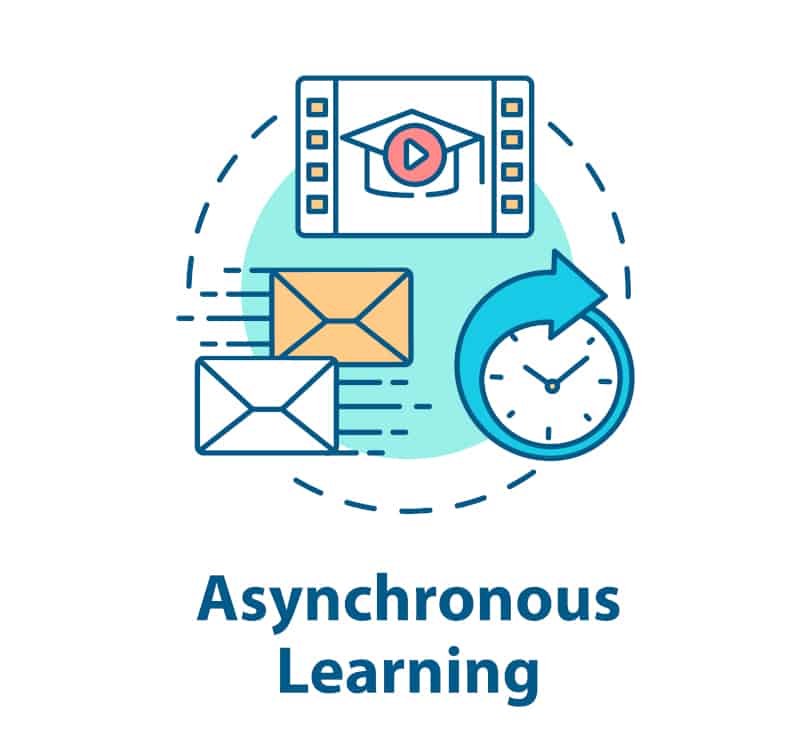
Helpful Links
- [Link 1]: Provides in-depth information on the differences between synchronous and asynchronous online education courses, including their advantages and disadvantages.
- [Link 2]: Offers a comprehensive guide to choosing the right online education course format for your needs, considering factors such as learning style, time constraints, and course objectives.
- [Link 3]: A collection of articles and resources on the latest trends and best practices in synchronous and asynchronous online education, providing insights into effective teaching strategies and student engagement techniques.
Final Conclusion
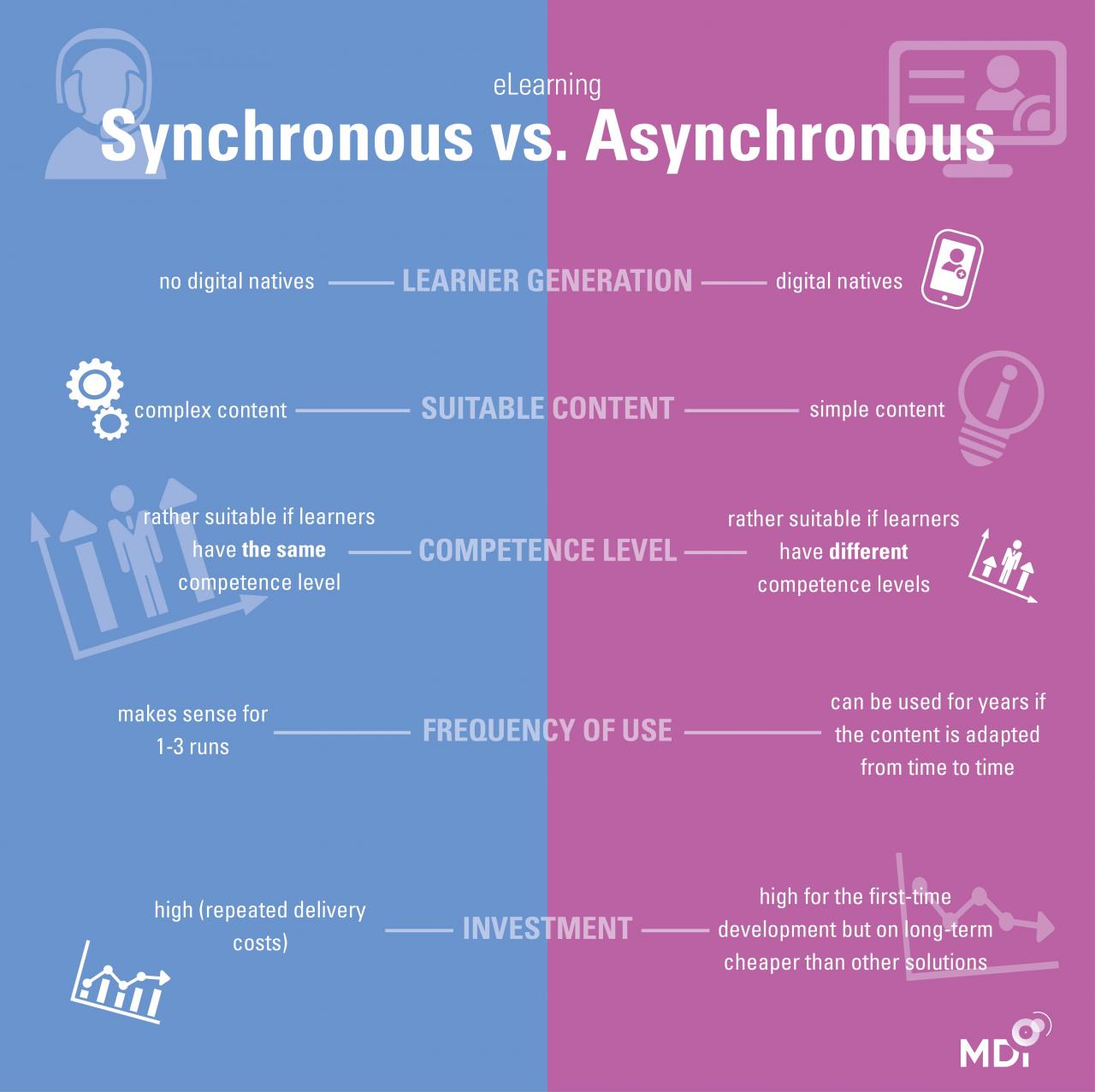
In conclusion, the decision between synchronous and asynchronous online education courses hinges on your individual needs and preferences. By carefully considering the factors Artikeld in this guide, you can confidently select the approach that best supports your learning journey. Embrace the transformative power of online education and unlock the path to academic success.
Common Queries
What is the key difference between synchronous and asynchronous online courses?
Synchronous courses require real-time participation, while asynchronous courses allow for flexible access to materials and assignments.
Which approach is better for students with busy schedules?
Asynchronous courses offer greater flexibility, enabling students to complete coursework at their own pace.
How can I determine which learning style is most compatible with synchronous or asynchronous courses?
Consider your preferences for interaction, structure, and time management when making your decision.
